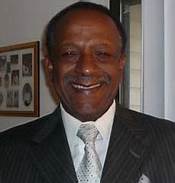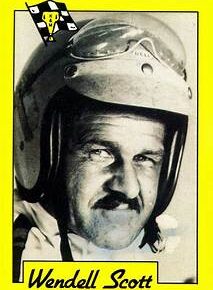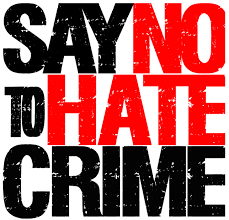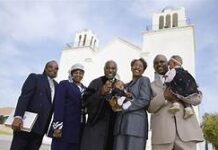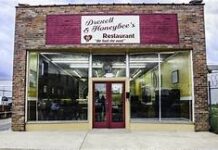Kyle Rittenhouse Trail — the 17-year-old who fatally shot two people and injured a third during protests and looting in Kenosha, Wis. in August 2020 — ruled on Monday that the defense can refer to the individuals Rittenhouse shot as “rioters” and “looters” while prosecutors may not call them “victims.”
The Chicago Tribune reported Circuit Judge Bruce Schroeder cautioned Rittenhouse’s lawyers not to use the term “rioters” and “looters” during their opening argument but may do so in their closing arguments if they present evidence to suggest the men Rittenhouse shot were indeed engaged in criminal behavior. Schroeder, by contrast, ruled prosecutors can not describe the men Rittenhouse shot as victims at any point during the trial.
Schroeder ruled that referring to Rosenbaum, Huber and Grosskreutz as “victims” would be prejudicial to Rittenhouse in a case where the defense is arguing their client was acting in self-defense.
Schroeder’s decision — one of the last he’s likely to render before the case moves to jury selection — is not uncommon in a case involving self-defense claims, which dispute who bears responsibility for the shooting.
“The word victim is a loaded, loaded word,” Schroeder said.
Rittenhouse was in Kenosha the night after demonstrations and riots over the police shooting of a black man, Jacob Blake. Demonstrations the night before had seen rioters smashing windows, setting fires to local businesses and reportedly stealing a cop car.
Rittenhouse, who was armed at the time with an AR-15 style rifle, was being chased by Rosenbaum when he turned and fatally fired on the man. Rittenhouse was then chased by other people who were in the streets demonstrating. As Rittenhouse was being chased, a member of the crowd struck him. Rittenhouse continued to run but appeared to trip and fall. After falling to the ground one man appeared to try to kick Rittenhouse in the head and Huber ran at Rittenhouse with a skateboard in his hands and struck Rittenhouse before the teenager fired a second fatal shot at Huber. Video showed Grosskreutz then ran up to Rittenhouse and pointed a handgun before the teenager fired a third shot, which struck the man in the bicep.
Mark Richards, one of Rittenhouse’s attorneys, indicated the defense team intends to argue that Rosenbaum posed a particular danger that night, engaging in arson and threatening to kill people.
“The behavior of many people there was lawless.” Richards said. “Mr. Rosenbaum was at the top of that list.”
Schroeder said he would allow Rittenhouse’s attorneys to present evidence of bad behavior that night by the men their client shot as it could demonstrate how dangerous Rittenhouse would have thought they were.
Schroeder added that Rittenhouse’s defense team “can demonize” the three men Rittenhouse shot “if he thinks it will win points with the jury.”
Prosecutors disagreed with Schroeder’s decision and his characterization of the term “victim” as a loaded word.
“The terms that I’m identifying here such as rioter, looter and arsonist are as loaded, if not more loaded, than the term victim,” Assistant District Attorney Thomas Binger said during the Monday hearing.
Binger argued that the defense’s plan to characterize Rosenbaum as dangerous “is an attempt to tell the jury that Mr. Rosenbaum was a bad guy who deserved to die.”
Schroeder also blocked the prosecution’s request to block Rittenhouse’s defense team from presenting evidence that local law enforcement provided water to Rittenhouse and other armed individuals standing guard outside businesses and thanked them for their presence in Kenosha that night. In permitting Rittenhouse’s team to present that evidence, Schroeder reportedly said he wouldn’t permit them to argue the encouraging actions reflected the police department’s overall opinion but that those actions might have shaped Rittenhouse’s mindset in the moments leading up to the shooting.






